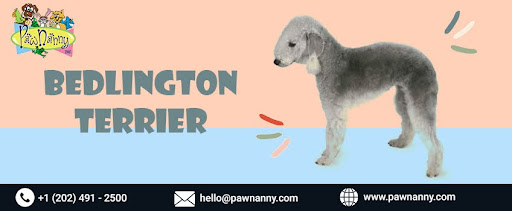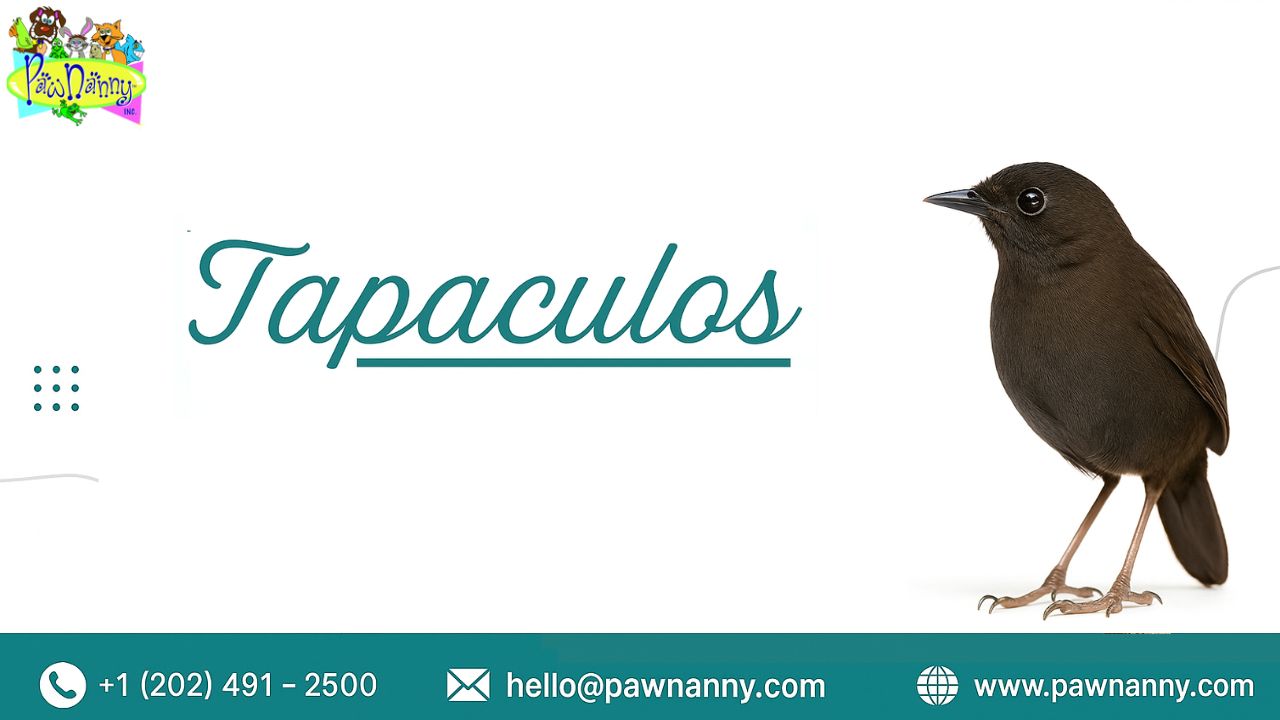
Bedlington Terrier
Group: Terrier
Size: Small
Weight: 17-23 pounds
Hypoallergenic: Yes
Lifespan: 12-16 years
Behavior
Bedlington Terrier is a highly active and spirited breed of dog serving as a gopher hunting and small game trail. At only knee high, Bedlingtons are large of heart, fearless little dogs with great courage. They are active indoor pets and destroy nothing at home; they are also cuddly, developing good companionship with their handlers. Bedlingtons need exercise and mental challenges daily; they should be allowed to wander around the house. They can become destructive and hard to deal with if not active enough. They like their brains exercised and like to ‘hunt,’ whether doing agility, lure coursing, or an energetic power walk or hike next to their owner. Make sure to keep their health in check with Mid-day pet walks.
Mature Bedlingtons are fine with other domestic animals since they are easily trained and socialized from childhood. They are shy and aloof with people unfamiliar and cautious around other canines. Some of them can get aggressive if other dogs try to challenge it and become rather territorial. They lessen this tendency when early socialization is provided. They have a well-developed predator drive and should never be let off the lead or around small animals unaccompanied. Generally friendly, but Bedlingtons are vigilant and will let their large voices be known if anyone is at the door or something strange is happening in the neighborhood. The lively Bedlington Terrier would inject a lot of liveliness into the family homes that could provide the amount of activity and affection the family could offer.
History
The Bedlington Terrier was bred in Bedlington, Northumberland, in Northeast England, sometime in the early 19th century. Produced as a smaller variation of the terriers, which were initially raised for hunting duties, the Bedlington was particularly popular among the mineworkers because the breed was fast and fearless enough to chase prey into the depths of a mine. The exact breeding pattern of the Bedlington Terrier is not known for sure, but it could include Dandie Dinmont Terriers, Otterhounds, Whippets, or Greyhounds, and this feature endows the Bedlington Terrier with the elegance of a fine-boned but sturdy structure.
From the second half of the nineteenth century, the breed came into racing and show dogs by nobility. Specialists bred them and were able to give them an arched back, pear-shaped head, and tightly curled hair coat. Their coat is good, consisting of hard and soft hair trimmed to a particular shape; it is similar to lamb’s wool. These attributes caused them to be called ‘lamb-like terriers.’
The Bedlington Terrier was admitted to The Kennel Club as a breed in 1877 and formed one of the first established breeds. The breed was popular in England until World War II but later faded out when people favored other types of terriers. Today, Bedlingtons are a rare breed mostly kept as active companion dogs and pets; they retain the speed, stamina, and agility to hunt and catch prey. Their national breed club is dedicated to maintaining that first true working Bedlington.
Exercise
The Bedlington Terrier has plenty of drive and requires active and energetic walks, for which you can also avail of Petof Walks Services. They should be taken for two short 20-30-minute walks during the day, emphasizing a brisk walk. They also like to take toys such as balls to bat around to free up and give their legs a good stretch. A fenced yard is very useful because they want to chase and hunt. They should always be on a leash for their safety, but only if not confined in a fenced area. Bedlingtons are also known for swimming and other games, such as flyball. Physical activity, such as obedience exercises, is also important, and offering them something to solve to keep their minds busy. Bedlingtons are versatile and happy as long as they get enough time to play and spend quality time with their master during the day.
Training
Bedlingtons should be exposed to most people, different breeds of dogs, places, and conditions to make them confident. It also helps teach basic commands such as “sit, stay, and come” and introduces you as the alpha, therefore obeying your commands.
Bedlingtons are intelligent dogs and make great agility, flyball, or any other dog sport. Such activities allow them to think and provide a means for the energy. Because of their prey instinct, the Bedlingtons should be trained in proper leash mannerisms and not pull toward birds, squirrels, cats, and other critters. Being highly independent, these dogs respond well to positive reinforcement such as treats, vocal rewards, and play during training.
Bedlingtons are best when given a fast, committed, and tolerant trainer capable of giving this energetic breed the direction, interaction, and order it needs. Patience is central in teaching children the right behavior and dealing with their pranks. Natural, outgoing, and spirited Bedlingtons are well-helped onto the training path.
Looks and Health
The coat of this breed comprises a lamb-like facial expression, has large round tips in its ears, and possesses a topknot at the head. Their body is flexible and slender - the curve of their back slightly upward, large chests, and slender belly. Their fur consists of soft, harsh texture body hair that makes a compact, curly coat.
The Bedlington Terrier has a long life expectancy and is a fairly healthy breed. However, there are few health problems associated with it, and they are Copper toxicosis, a genetic problem that leads to an excessive accumulation of copper inside the liver. It is best, in any case, screened for by responsible breeders. Other diseases that the breed is sometimes predisposed to include eye problems such as cataracts, patellar luxation, thyroid problems, and skin allergies. However, with health screening and care from a responsible Breeder, the Bedlington Terrier is a robust breed that can live a healthy, active life as a pet up to ten to eighteen years of age.
Food and Nutrition
The Bedlington Terrier is alert and playful, and such a dog needs a quality food mix to energize it. They normally thrive on well-balanced commercial dog foods designed and recommended for working breed dogs. Always ensure the particular food you choose is right for their size, as well as their age. Bedlingtons do tend to become overweight, so instead of keeping food out all the time for snacking, feed a measured amount twice per day. In addition to this, do not buy foods that are made of cheap ingredients known as extenders. Some Bedlingtons have skin allergies or sensitivity, so selecting a food with few ingredients and grain-free may be best for this breed. For the Bedlington Terrier to be healthy, the right feeding habits must be practiced, and more exercise should be provided.
Conclusion
They are friendly with children and happy when introduced to any family-related chores. They also qualify for apartment living since they are small to medium. Bedlington Terriers require moderate grooming and exercise, and, in terms of health, dogs from this breed are usually free from many hereditary diseases. These cute-looking small dogs with a lamb-like appearance and a perky temperament combine pleasing personalities with affectionate nature, making the Bedlington Terrier an engaging and spirited companion for people who can devote their time to satisfy this breed’s playfulness. Those wishing to have a lively, attentive, and fun-loving dog can consider this lesser-known terrier breed. For more information or to get mid-day pet walking services in Virginia, visit PawNanny.com!










